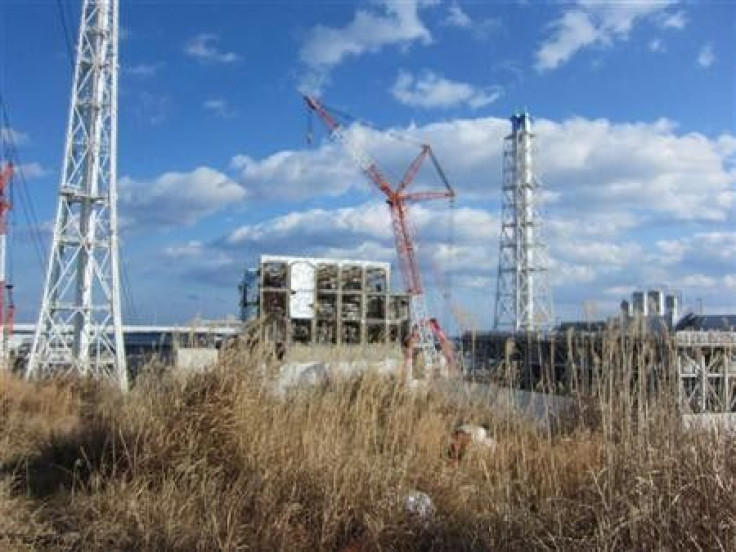Pursuing Economic Growth, South Korea Accepts The Risks Of Nuclear Power Generation

It’s a new year for nuclear energy in South Korea. The government has just approved the reopening of a shuttered power plant in Yeonggwang county, which will begin supplying electricity amid official assurances that safety concerns have been addressed.
It is a sure sign that South Korea is highly dependent on this controversial source of power. Short on other resources like oil and coal, the country has used nuclear power to bring much-needed energy to a population of 50 million, powering Asia’s fourth-largest economy.
According to the Nuclear Threat Initiative, a global nonprofit nuclear watchdog, “South Korea currently has 23 civilian nuclear power reactors in use (and four under construction), for an estimated net electricity production of just over 147,677GWh [gigawatt hours] in 2011 -- providing for about 34.64 percent of the country’s annual electricity production.”
Behind those impressive numbers is a sobering caveat: Nuclear energy is inherently risky. This was made clear in Japan in March 2011, when an earthquake set off a tsunami that knocked out the cooling systems at a nuclear plant in the eastern Fukushima prefecture and prompted a large-scale evacuation.
The risk of residual radiation still haunts the region's population. The toll on public health is so far minimal, but long-term effects remain to be seen.
That made it especially worrisome when South Korea shut down two of its own nuclear plants in Yeonggwang -- which is less than 200 miles from the capital city of Seoul -- in November, after it was revealed that some of the working parts had quality certificates that had been forged. The questionable products were smaller pieces like switches and fuses that authorities said were not integral to preventing radiation, but that didn’t ease the fears of nearby residents.
The two plants had contributed 5 percent of the energy consumed by South Korea, so their shuttering put a significant strain on the country.
After rigorous safety checks, authorities say, one of the reactors will come back online to ease that burden this week. The other is expected to pass inspections shortly thereafter.
Broadly speaking, South Korea has ambitious plans to ramp up its nuclear energy production -- it was affirmed in 2011 that the country would aim for 40 operating nuclear plants by 2030, which would supply about 59 percent of national energy needs. The country also hopes to capitalize on its growing technological expertise, and it has already exported four nuclear power plants to the United Arab Emirates.
The United States is a major partner in the Republic of (South) Korea’s nuclear energy development efforts. According to a 2011 report from the Brookings Institution, “South Korea’s nuclear energy development has been made possible by the ROK-U.S. Atomic Energy Agreement signed in 1972. The United States provided nuclear technologies and materials necessary for the peaceful use of nuclear energy; in return, South Korea was specifically prohibited from proliferation-related activities such as the reprocessing of spent fuel and uranium enrichment under the terms of the agreement.”
Today, South Korea is the world’s sixth-largest producer of nuclear energy. The technology has been a boon to the country’s healthy economy. But it is up to regulatory officials to make sure that this profitable energy source never becomes a threat to public safety.
© Copyright IBTimes 2024. All rights reserved.












